Cal High has come a long way
Forty years ago, California High School first opened with about 1,050 students and 25 teachers.
Math teacher Gary Triebwasser said students started Cal as sixth graders and stayed until they graduated.
All of the teachers comprised a new, young faculty and included some familiar faces still on campus, including anatomy teacher Steve Armstrong and math teacher Fred Albano.
The school was built in pods with each section corresponding to the geographical areas of California: deserts, valleys, mountains, and the coast.
Pods, lead by deans, were big rooms, creating an open concept plan where teachers would be able to collaborate and work with one another through lesson plans.
“[The pods] were designed so that kids could easily get help from other teachers,” said Triebwasser. “But pie shaped rooms without walls weren’t practical.”
Teachers and students alike complained about the noise that this open concept created.
Cal High graduate and history teacher Chris Doherty still remembers what those classrooms were like.
“You couldn’t hear a thing,” he said. “It was a disaster on a hill with cement ramp ways leading up to the rooms.”
Collapsible walls were installed to solve the noise problem, but Triebwasser and Doherty both agree that the design of the building wasn’t functional.
“Kids were sliding notes under and through the cracks in the walls,” said Triebwasser.
Doherty said the district tried to sue the architect who designed the building.
“I think he committed suicide or something,” Doherty said.
To update this outdated model, the school began undergoing renovations in 1999 with the construction of the world language building.
The main building, library, theater, event center, and fine arts building, designed and built by Akol & Yoshii Inc. Architects, followed and were all completed by mid-2008.
The original pod structure stayed standing while the construction progressed and after taking it down, the result was an open area that was converted into the current quad.
The old gym was remodeled and the half-basketball court on the second floor was changed into a dance room.
The solar panels over the parking lot were completed three years ago and ended a decade-plus campus renovation.
“They were the last piece to the puzzle,” said Principal Mark Corti.
But because of the ever-expanding student body, facilities will have to be updated to meet the students’ growing demands. Corti said there are plans to renovate the science building.
“We passed a bond two years ago to expand the science building,” he said. “We have so many students that we had to put a science class in the art building.”
Technology has also evolved over the years, at first to prepare students for the technology in work settings and later to keep up with the exponential growth of technology in the world.
Substitute teacher and former Cal history teacher Robert Sloan remembers when Cal had only one Xerox machine for the entire school. Teachers had to use mimeographs to make copies for the students.
“[The teachers] had to use this messy, blue-ink machine to crank out each individual paper for every student in their class,” said Sloan.
Later on, computers were brought to the school, making this printing process much easier and making Cal one of the district’s first digital high schools. Corti said Cal received a grant for computers in every classroom through a California technology assistance project.
“The district put in $500,000 and the state matched it,” said Corti. “It helped fund the computer labs.”
Back when the school first opened in 1973, before a law was passed that banned the behavior for minors, select students could smoke on campus in a designated area.
“Due to the ignorance of the time, juniors and seniors could […] smoke on campus,” recalled Sloan. “They had to have a bona fide letter on file for this.”
But in the 1980s, a law was passed that banned smoking in the workplace and the school stopped allowing students to smoke on campus.
In the 16 years that Corti has been at Cal, he has seen it grow and change technologically, in sports, and in various new programs.
“Cal High has garnered tremendous respect across the district because high level academic programs have gained district-wide and statewide recognition,” said Corti.
Corti, Doherty, and Sloan all are excited to see what else Cal has in store for the future.
“I watched Cal grow into a truly premier school,” said Sloan, “and we must accept future improvements gracefully because there is nothing permanent except change.”




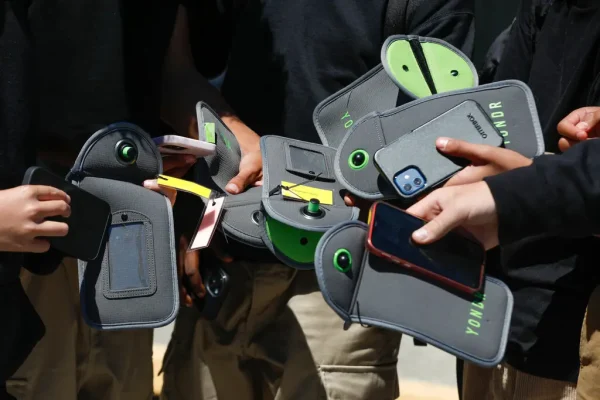
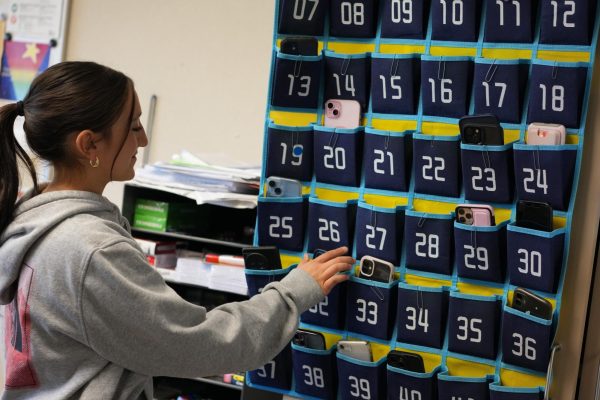
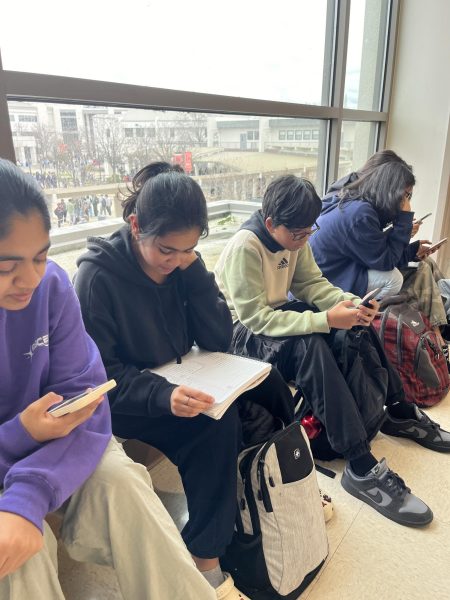
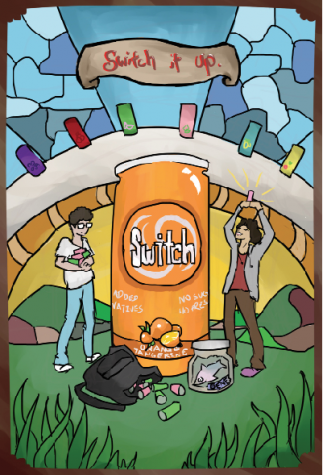

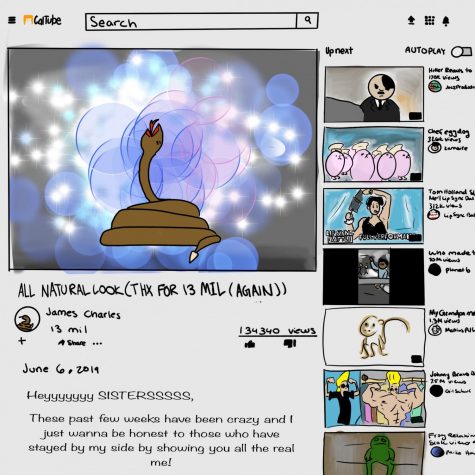
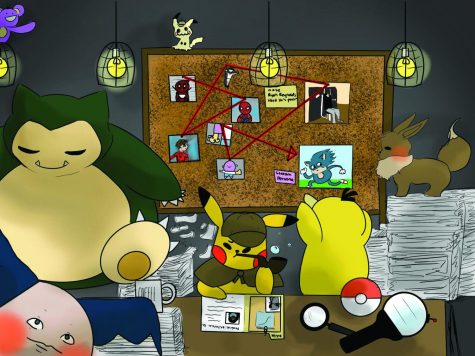
E. Patrick Croak • May 20, 2014 at 11:26 pm
Of course it’s fun to report on the history of the school but that reporting should also be accurate and while I’m not certain if memories have lapsed a bit, I do feel the need to submit a couple of corrections to this story.
There were never 6th Graders at CHS. The first year, the school opened with grades 7/8/9/10. As the years went by that was increased to 7/8/9/10/11/12. Also, the student population that first year was nowhere near 1,000. The first graduating class (the original sophomores) graduated exactly 76 students in 1976. In checking the first yearbook, the total number of students came out to 775.
Although Fred Albano and Steve Armstrong have both been at Cal High since its early days, neither were on staff that first year – Nor was Gary Triebwasser.
The idea that ““[The pods] were designed so that kids could easily get help from other teachers,” is close to reality but not entirely accurate. The idea behind the open school concept (which had worked in previous attempts but on much smaller scales) was that student would somehow absorb data and information about one subject when learning about another. It was a noble idea, but one which as described, failed rather dramatically because of the overall noise levels.
It was interesting to hear about Chris Doherty complaining about the classrooms and not being able to hear as by the time he was attending CHS (1984-88) the school was already 10 years old and the walls were of the permanent variety. Mr. Triebwasser was there long enough ago to have remembered the collapsible accordion walls that were installed but even those were mostly replaced by 1978. Also, although it might have been a fun story to tell, there was no lawsuit against a specific architect, a firm was responsible for the creation of the original Cal High, not an individual, nor did any one person commit suicide over the creation of CHS.
Finally, as for Robert Sloan’s memory of a single Xerox machine for the entire school; without knowing the year(s) he is referencing that is not much of a surprise. Xerox machines were not cheap at the time and virtually all schools used mimeograph machines in the 70’s.